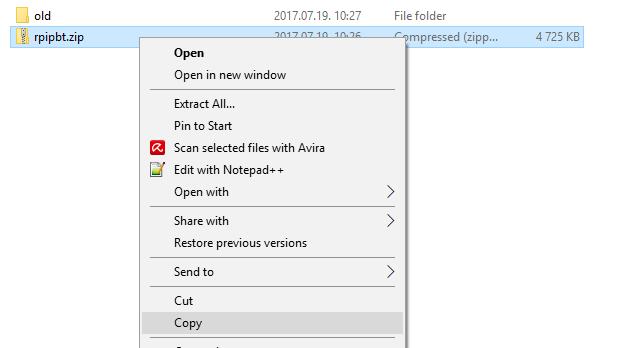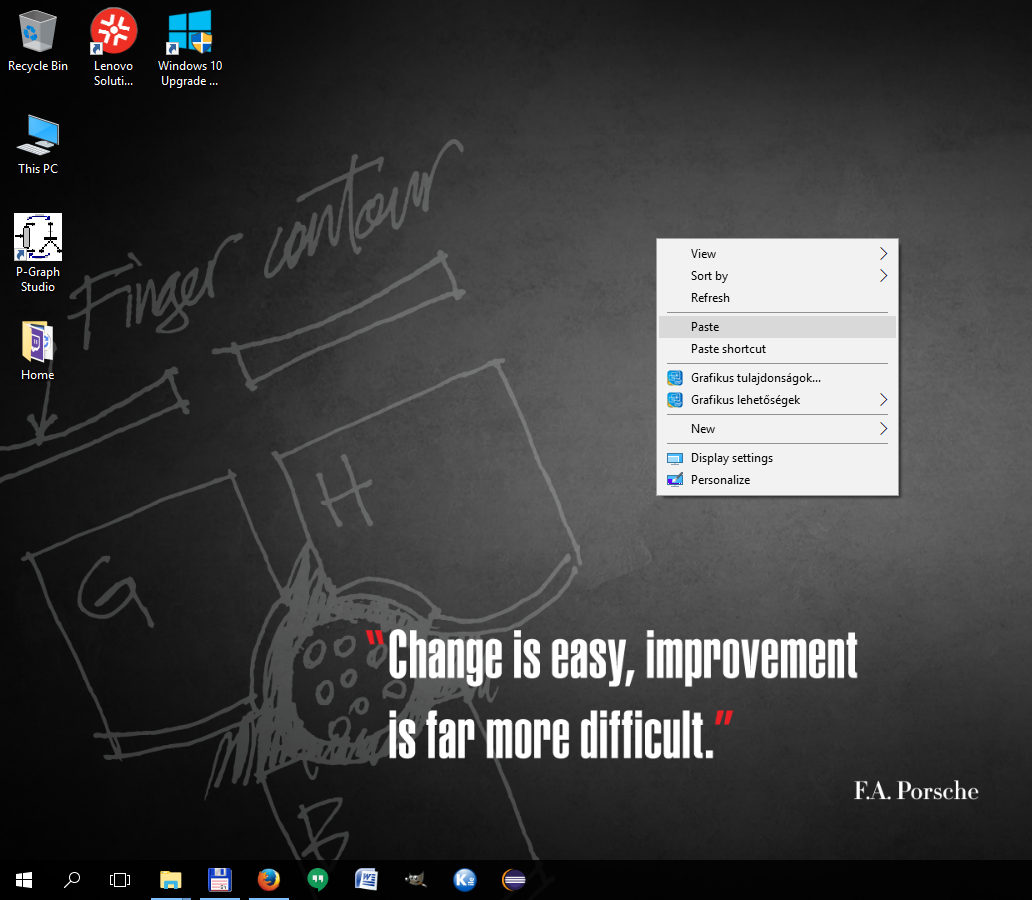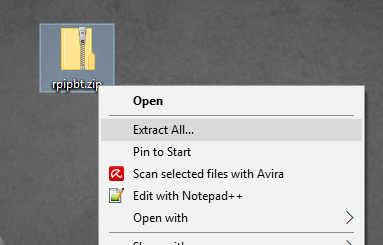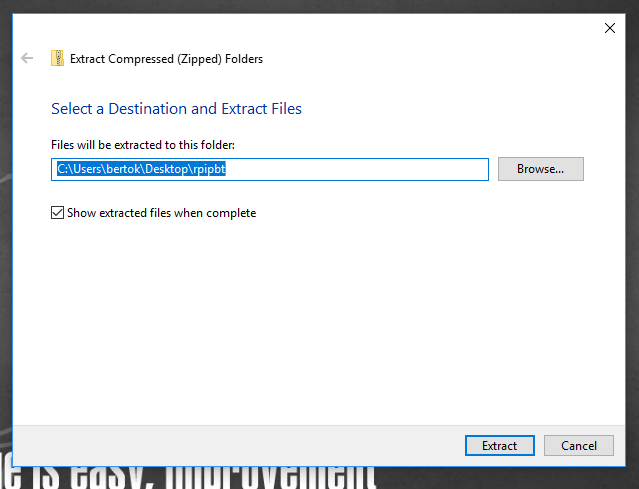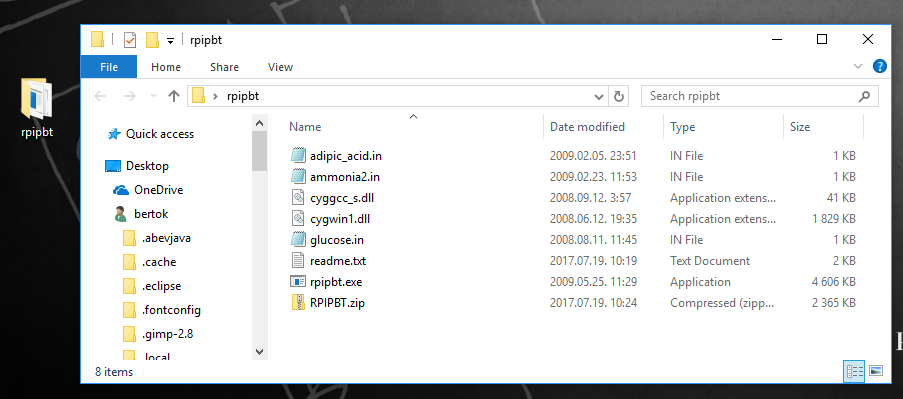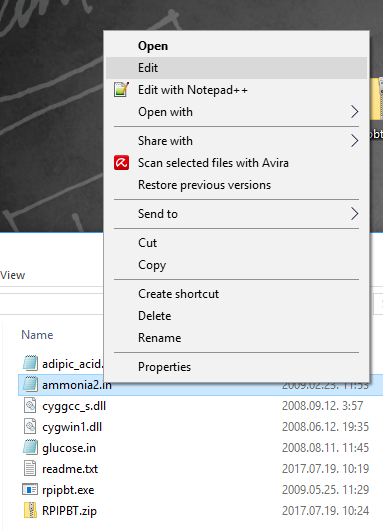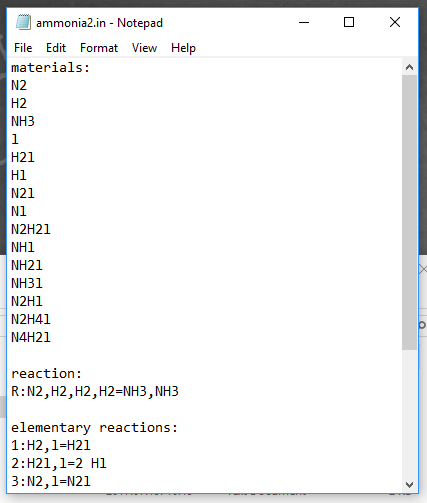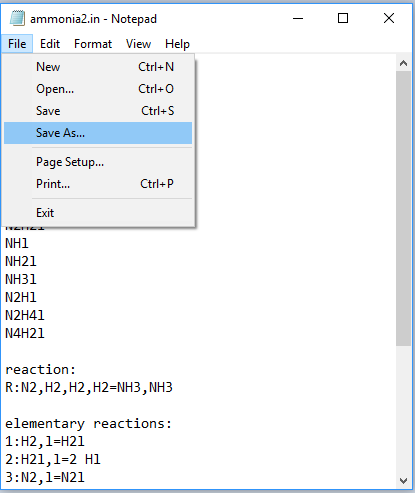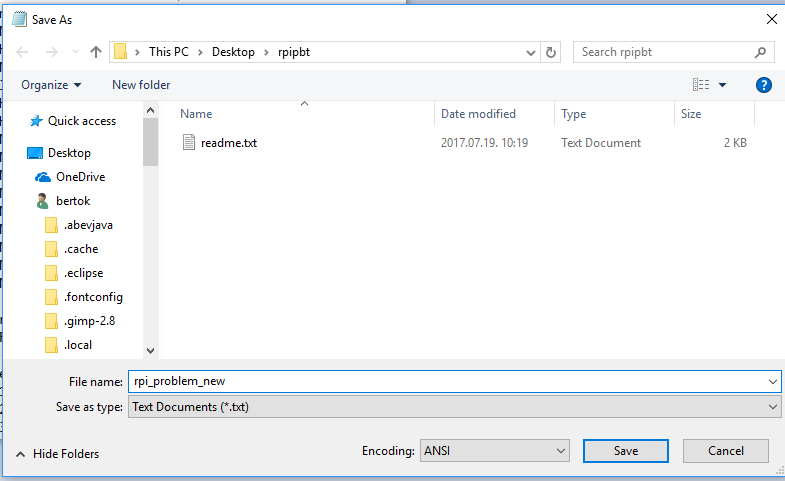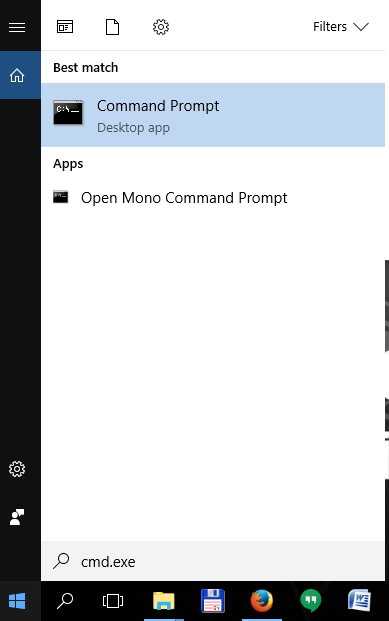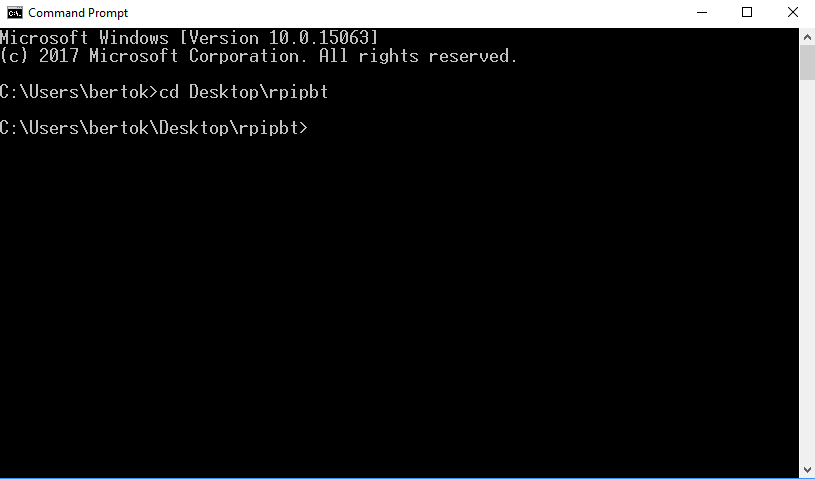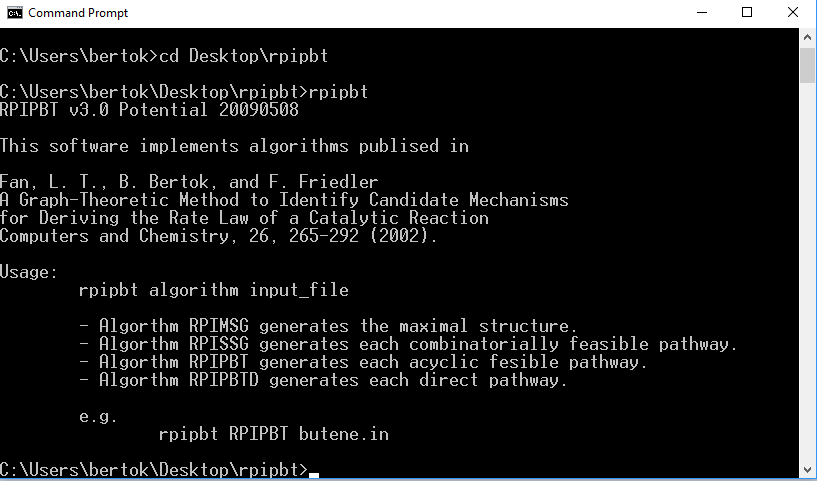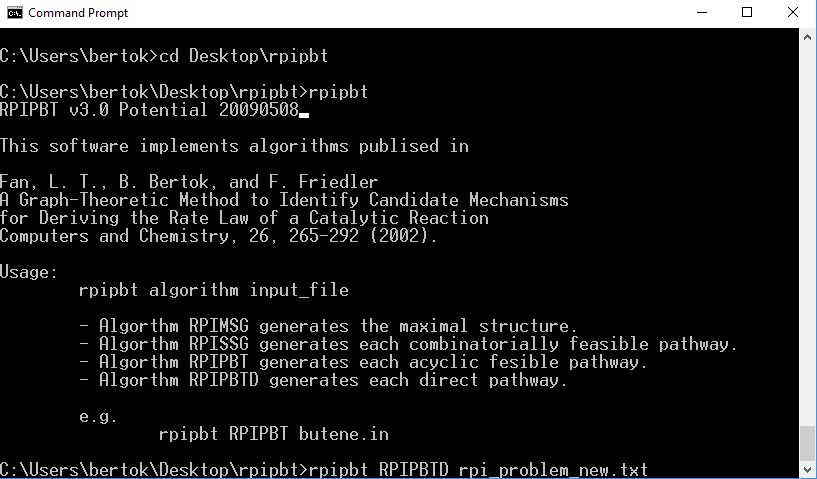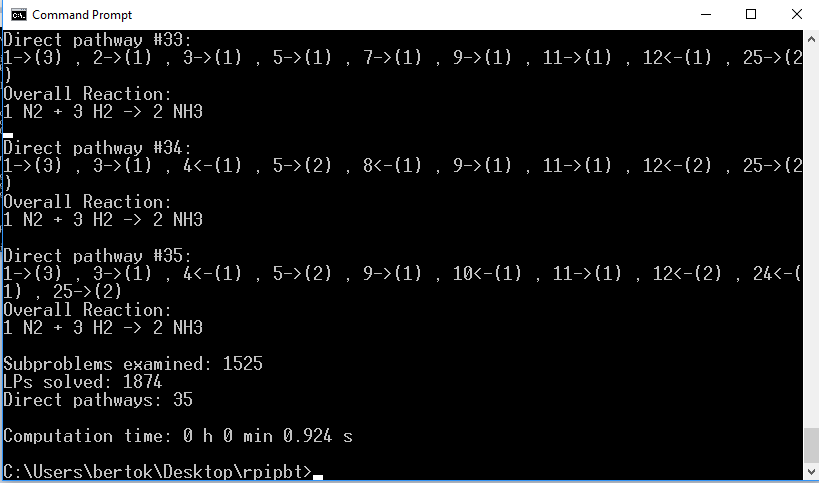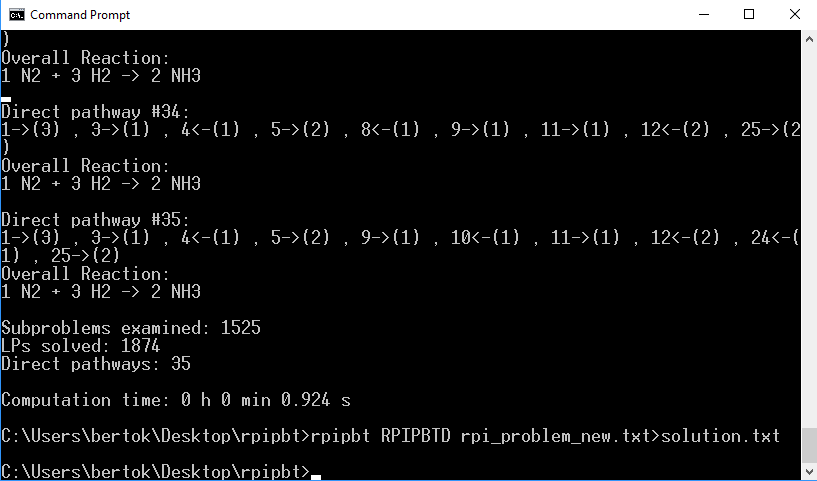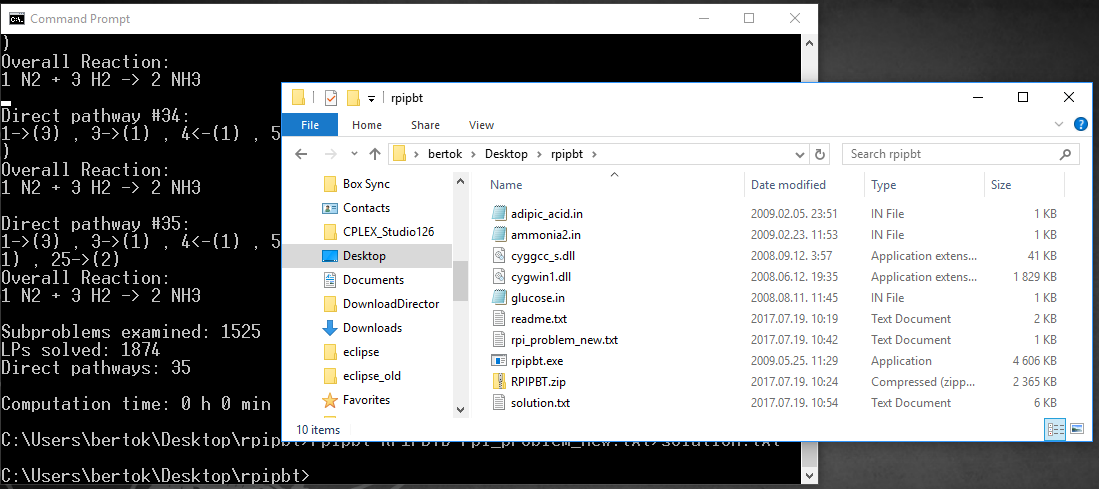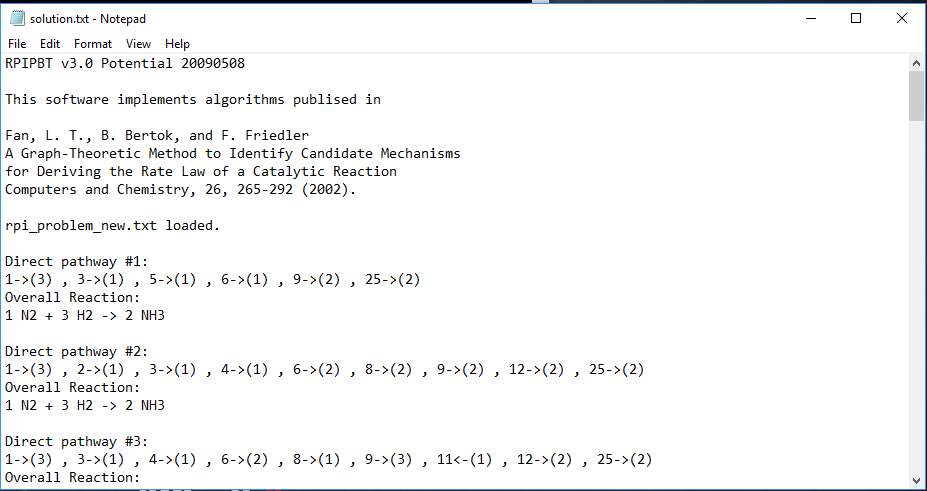P-Graph Studio
1. To download the software, first You have to visit http://p-graph.org/pgraphstudio/ and click on the Install button.
2. Then You should select Save File to download it on Your computer.
3. After the download You may click on Setup.exe, this will start the installation process.
4. Since the publisher is University of Pannonia, You can trust the publisher and click Run.
5. Next You have to accept the terms of License Agreement.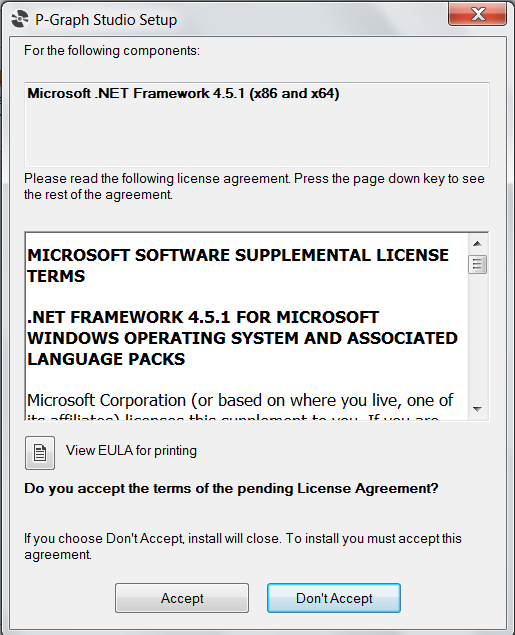
6. A reboot will be needed to continue.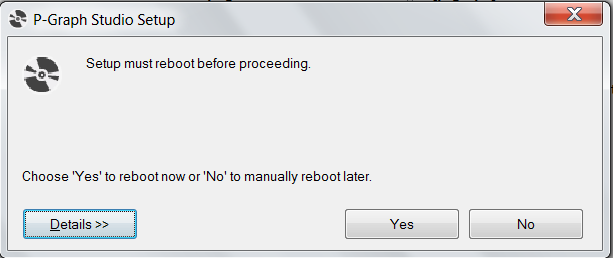
7. If the question in connection with the publisher is dropped again, click Run again.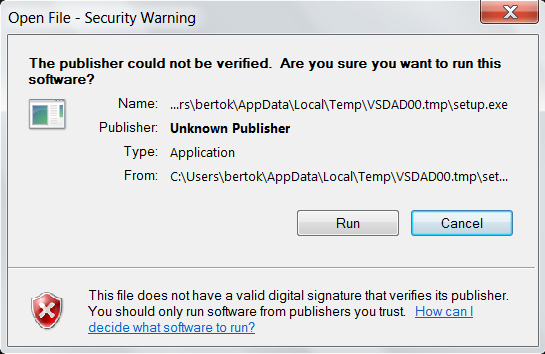
8. The question is also asked considering the name of the software and the source of it.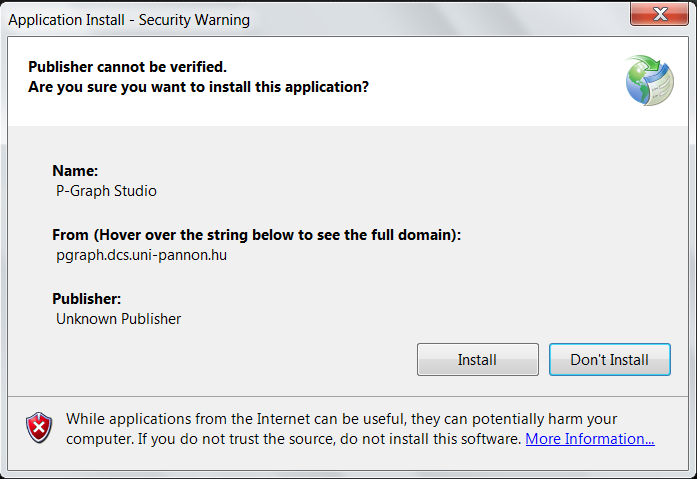
9. The opening screen of the PNS Studio can be seen below.
10. To register or login You have to click on the Login/Register button visible on the right up corner.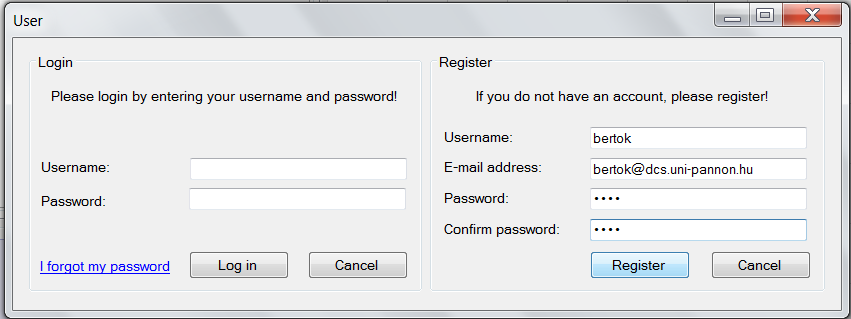
11. Next You have to enter the validation code which comes onto the email address given earlier.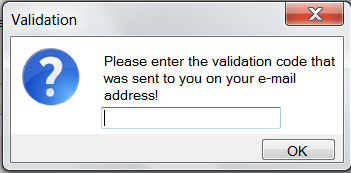
12. The validation code can be found
in the email. It has to be copied on the clipboard by clicking with
right mouse and click Copy.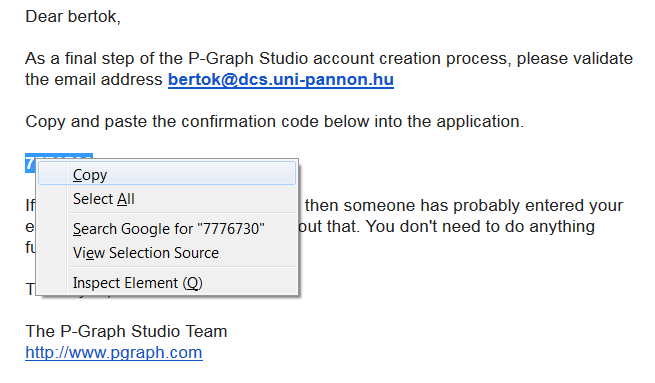
13. Paste it into the Validation form.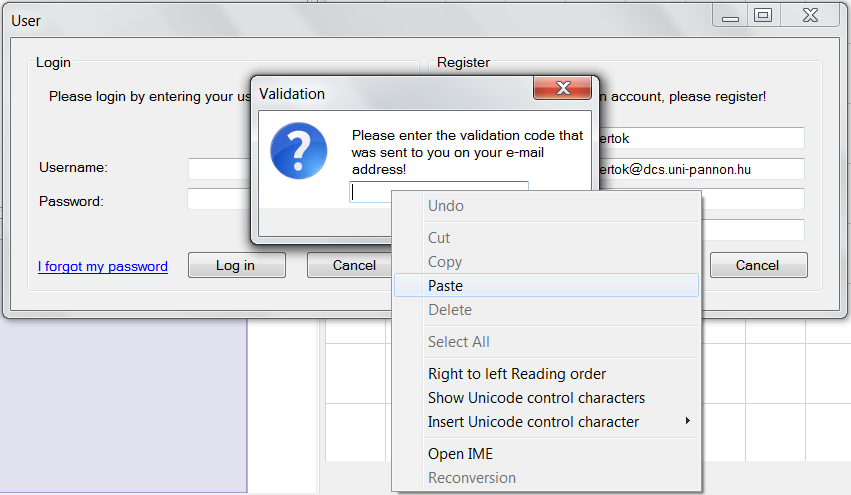
14. Click OK.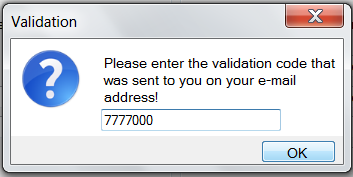
15. This is the end of the registration phase. You can click OK.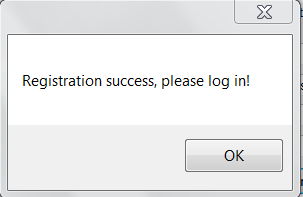
16.
Finally You can log in with the registrated user name and password.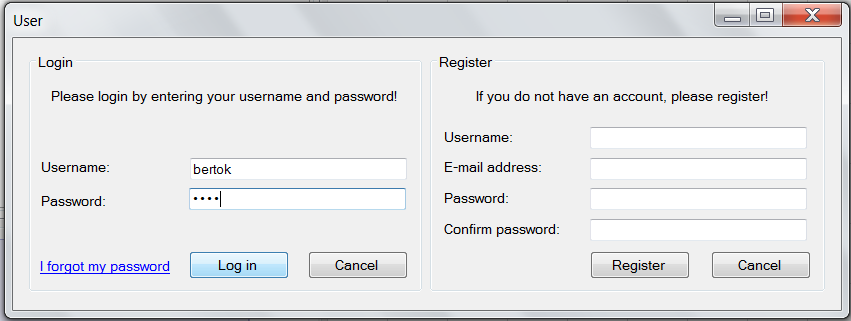
RPIPBT Reaction Pathway Identification Software
Download and setup RPIPBT
1. Download the archive rpipbt.zip
2. Locate the archive in your Downloads folder
3. Click on “rpipbt.zip” by mouse button 2 and select “Copy”
4. Paste the archive to your Desktop
5. Click on “rpipbt.zip” by mouse button 2 and select “Extract All…”
6. Accept folder name “rpipbt” by pressing “Extract”
7. Open the “rpipbt” folder on your desktop
Edit problem file
8. Click on file “ammonia2.in” by mouse button 2 and select “Edit”
9. The example RPI problem file opens in the default text editor, e.g., notepad
10. Modify the problem file according to the RPI problem to be examined
- Specify the species: by their names
- Define the overall reaction
- by its name:
- list of starting reactants separated by coma or ” + ” (space plus space)
- =
- list of final products separated by coma or ” + ” (space plus space)
- Add the set of potential elementary reactions
- by its name:
- list of reactants separated by coma or ” + ” (space plus space)
- “=” or “=>” depending on whether the elementary reaction is reversible or not
- list of products separated by coma or ” + ” (space plus space)
11. Save the problem file by selection File/Save in the menu
12. Name the problem file, e.g., “rpi_problem_new” and press “Save”
Note: Notapad automatically adds extension “.txt” to any saved file.
Execute RPIPBT
13. Start Windows Menu and type “cmd.exe” then click on “Command Prompt”
14. Change location: In the command prompt type “cd Desktop\rpipbt” and press <Enter>
15. Check the software: In the command prompt type “rpipbt” and press <Enter>
16. Analyze the RPI problem saved in “rpi_problem_new.txt”: In the command prompt type “rpipbt RPIPBTD rpi_problem_new.txt” and press <Enter>
The results are printed in the command prompt
Note: The first parameter of the program is the algorithm to be executed
- RPIMSG eliminates those elementary reactions cannot contribute to any structurally feasible pathway
- RPISSG enumerates all the structurally feasible pathways
- RPIPBT exhaustively generates all feasible pathways
- RPIPBTD exhaustively generates all structurally independent feasible pathways
For further information read Fan, L. T., B. Bertok, and F. Friedler, A Graph-Theoretic Method to Identify Candidate Mechanisms for Deriving the Rate Law of a Catalytic Reaction, Computers and Chemistry, 26, 265-292 (2002).
17. In order to save the resulted pathways in a file, e.g.. in solution.txt: In the command prompt type “rpipbt RPIPBTD rpi_problem_new.txt>solution.txt” and press <Enter>
Review the results
18. Go back to the list of files in the “rpipbt” folder on your Desktop
19. Click on file “solution.txt” by mouse button 2 and select “Edit”
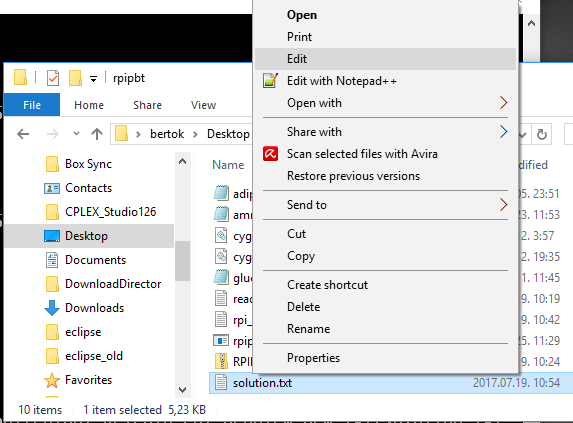 20. Review the results in the text editor
20. Review the results in the text editor

